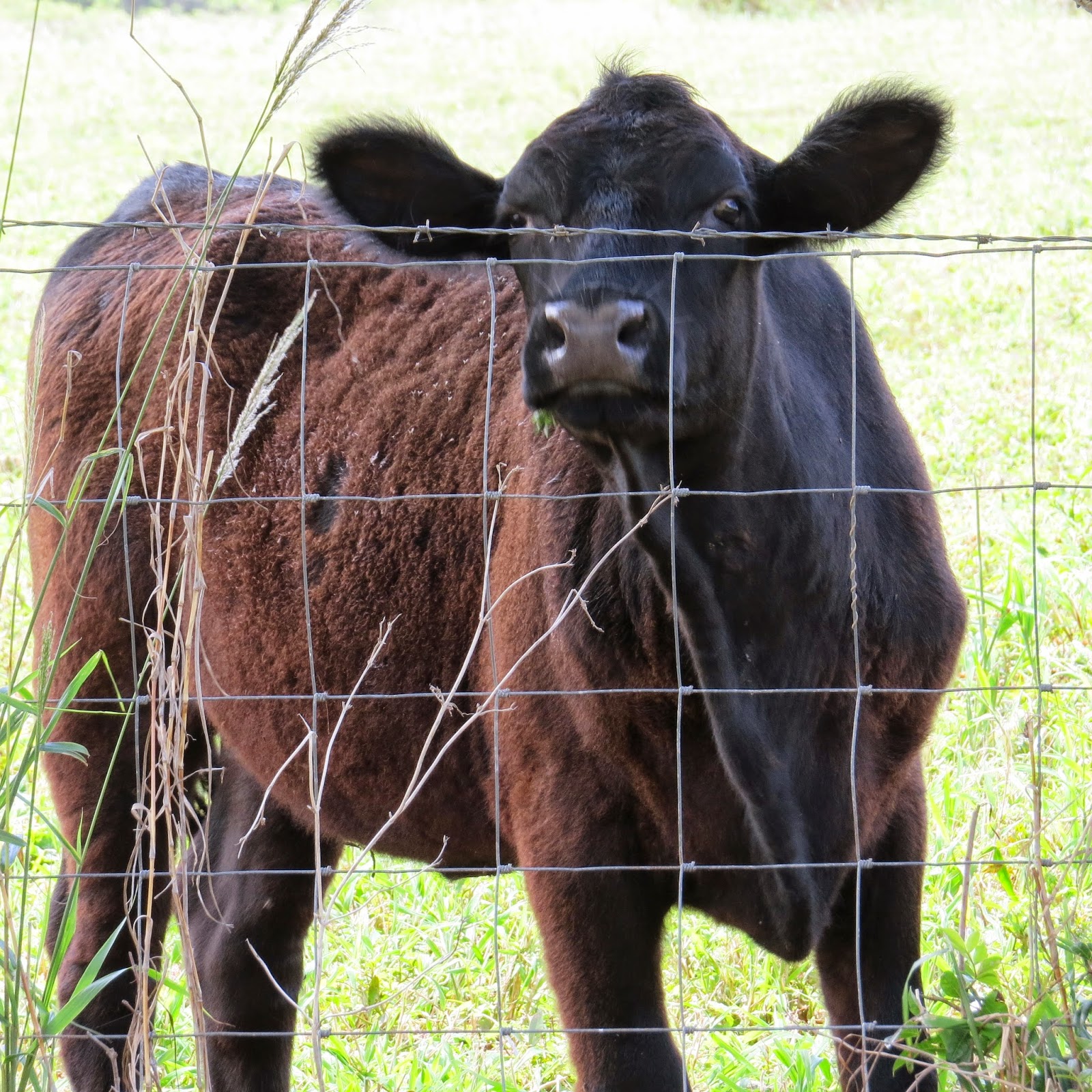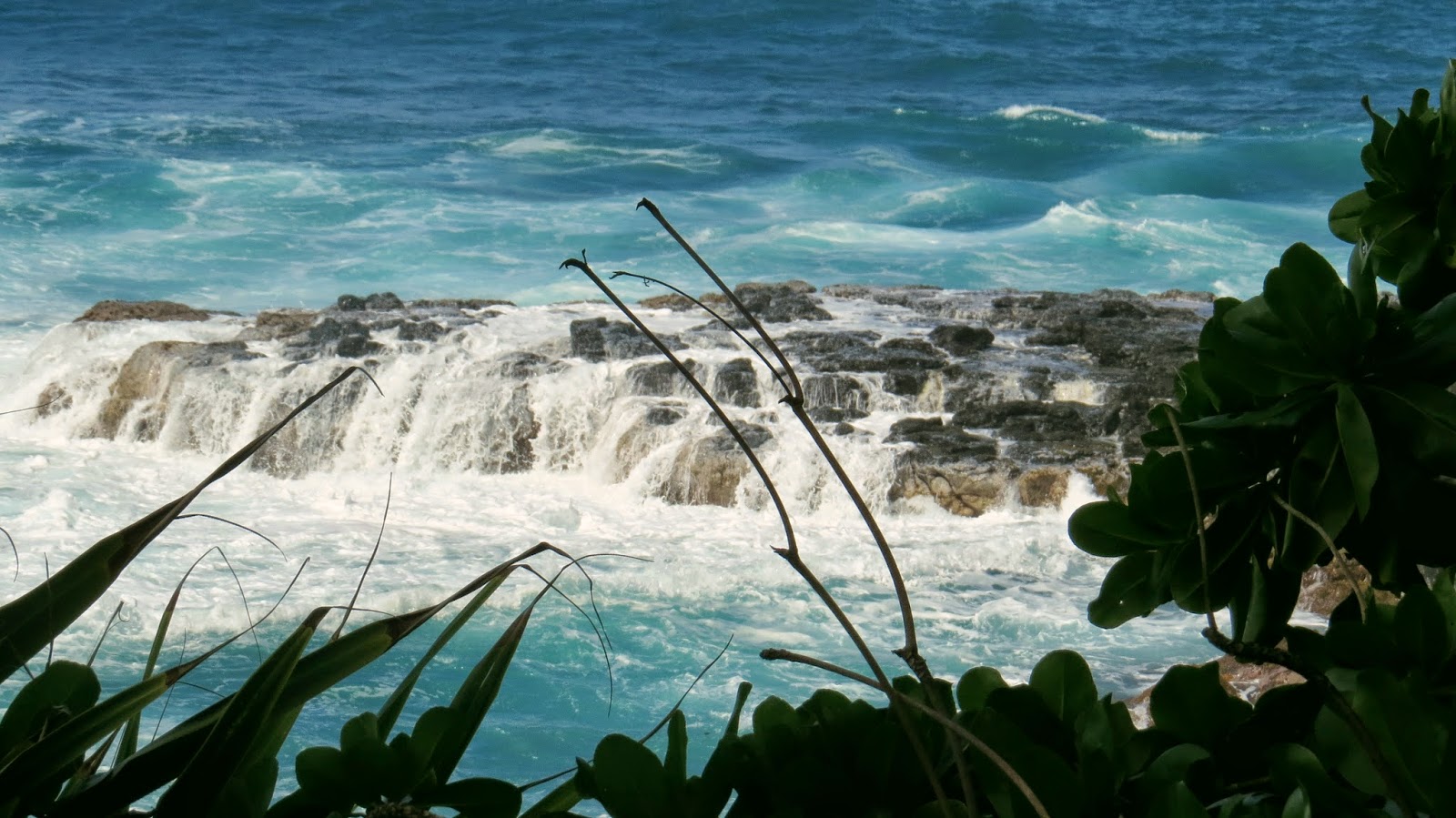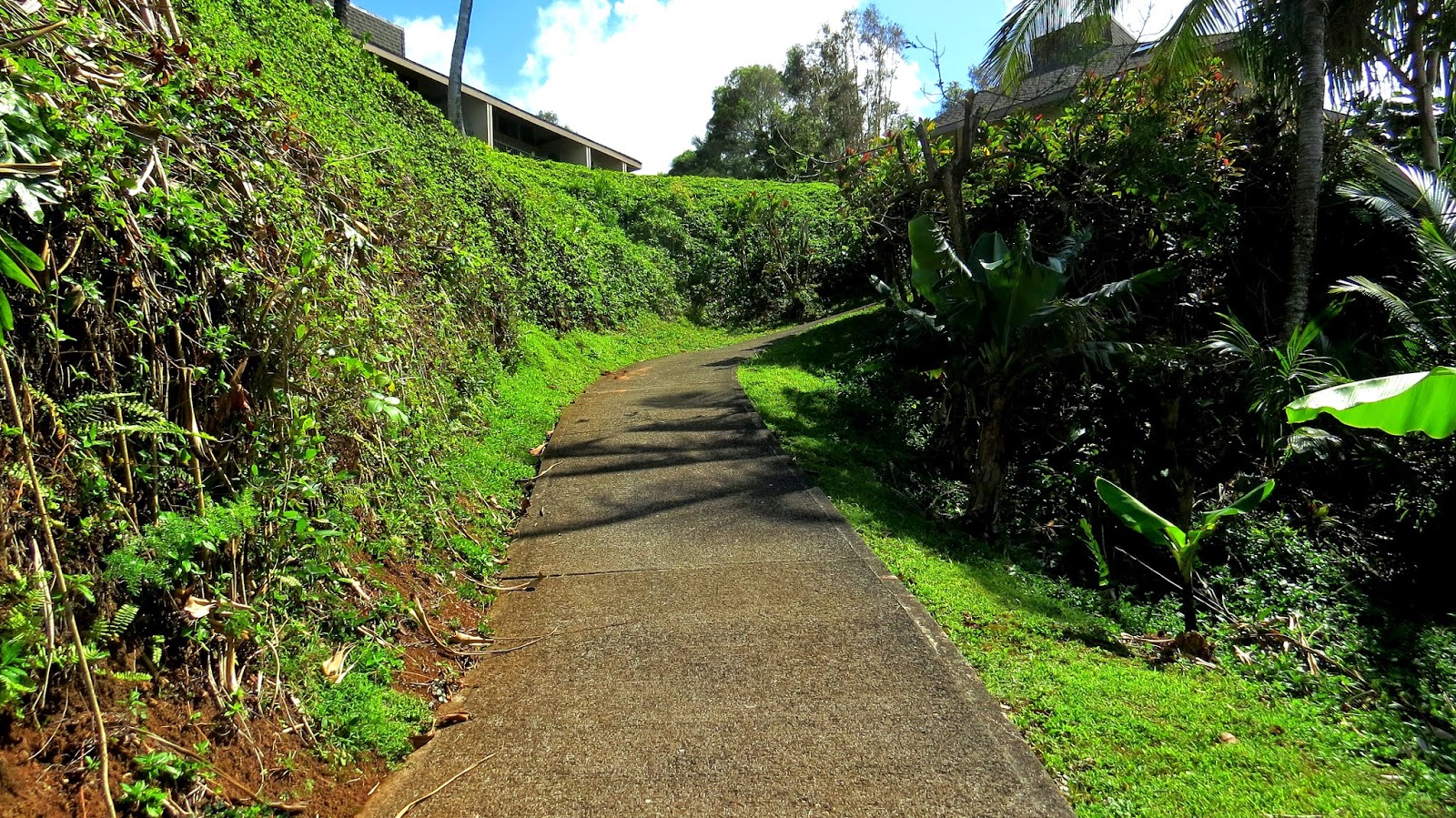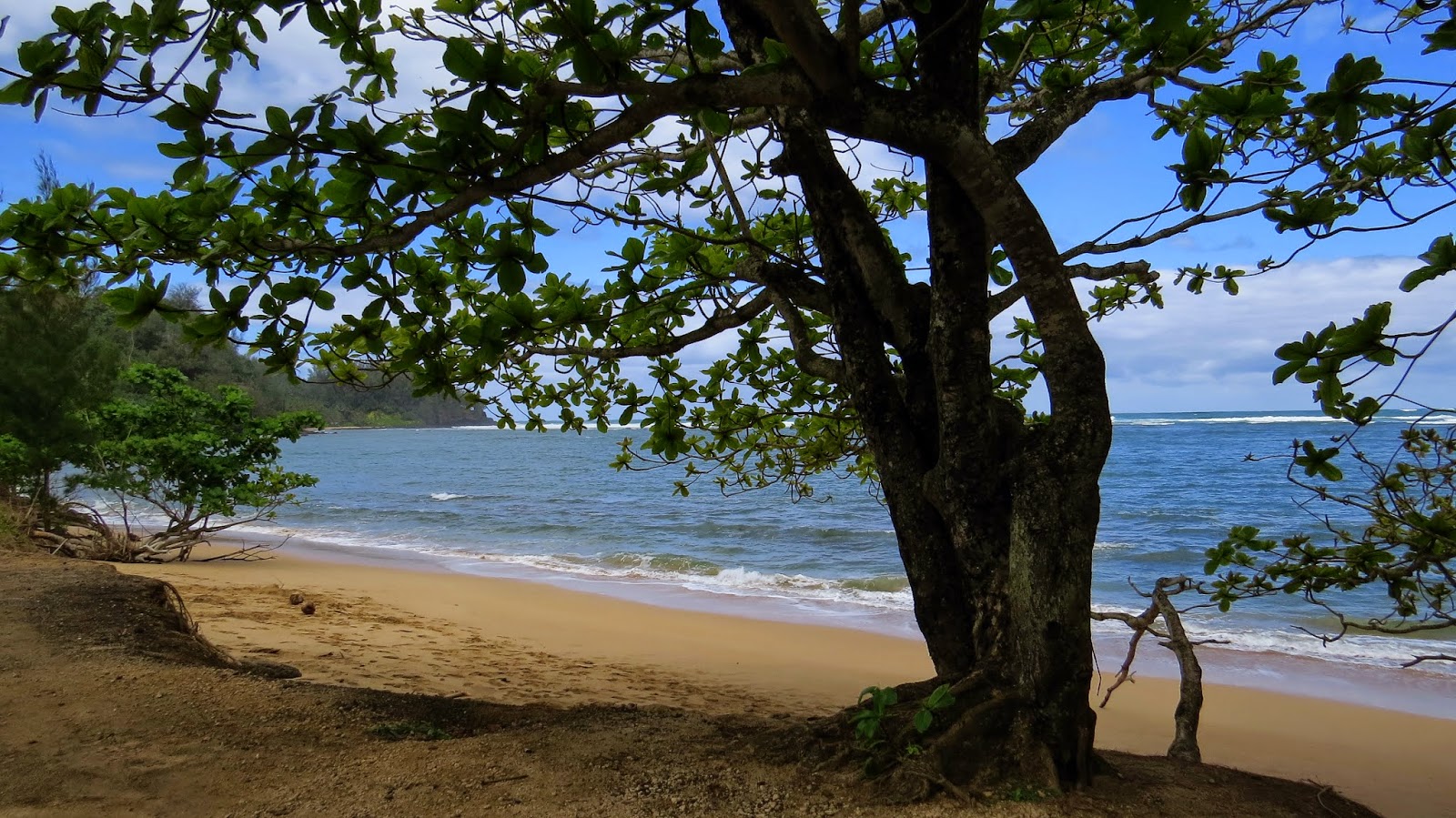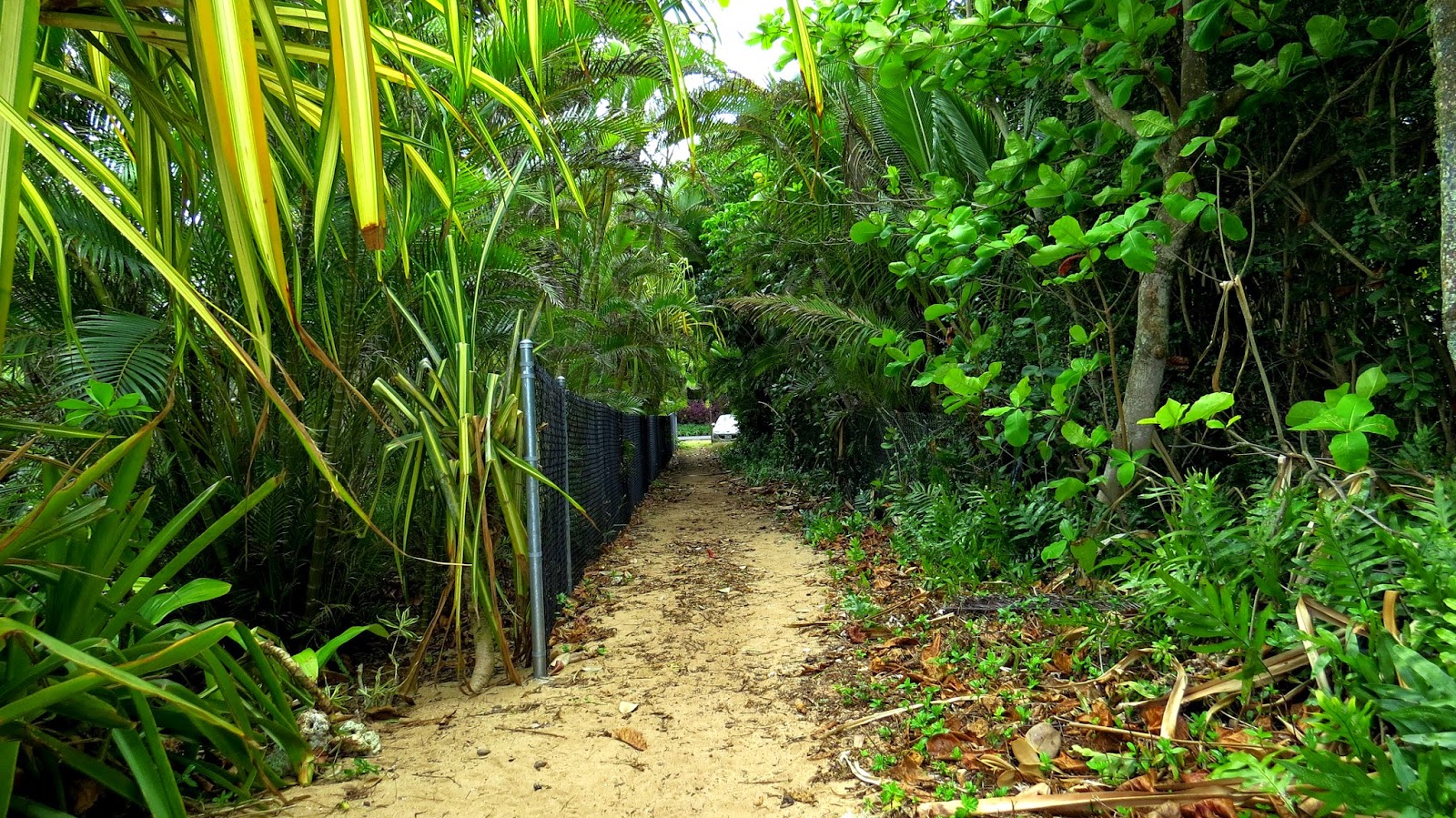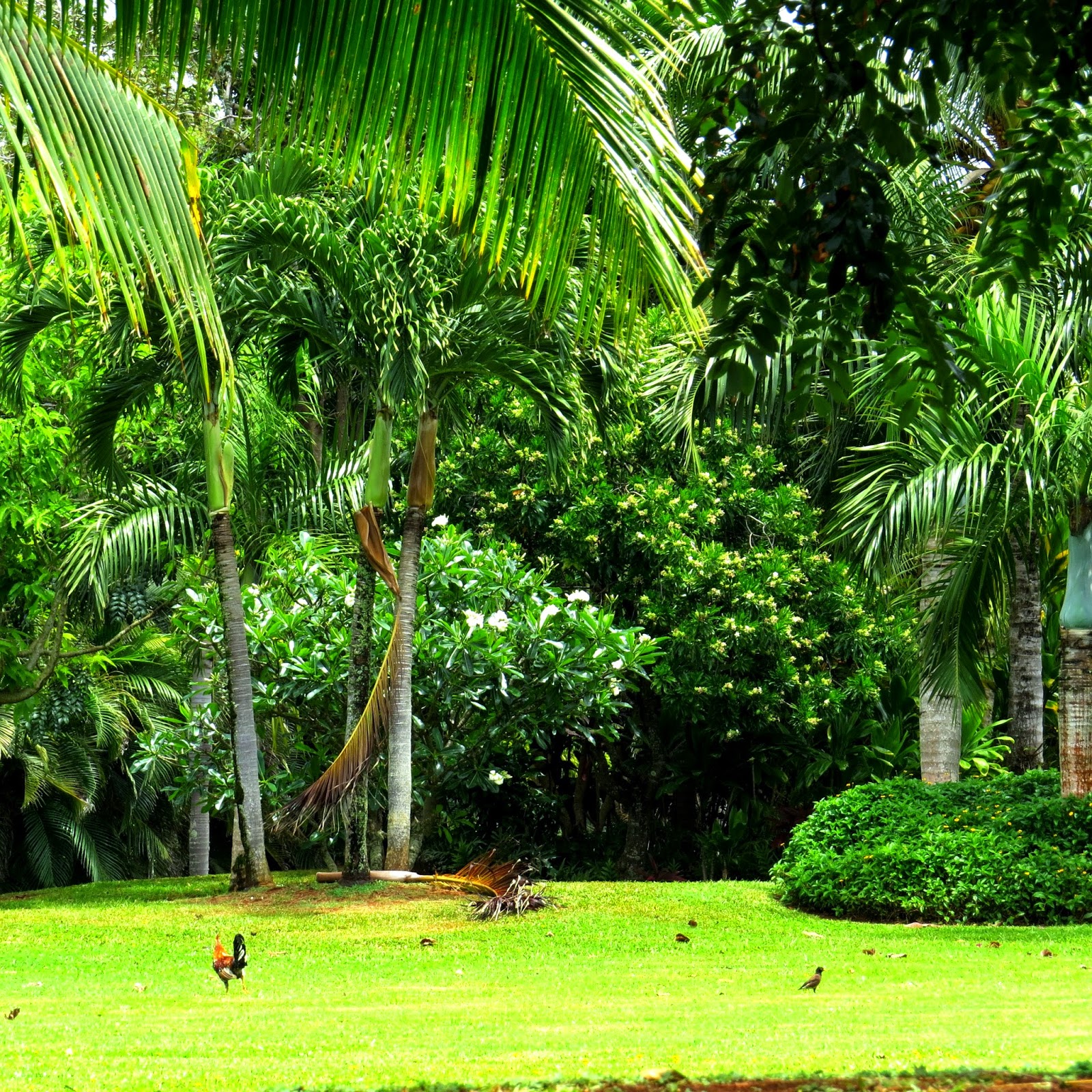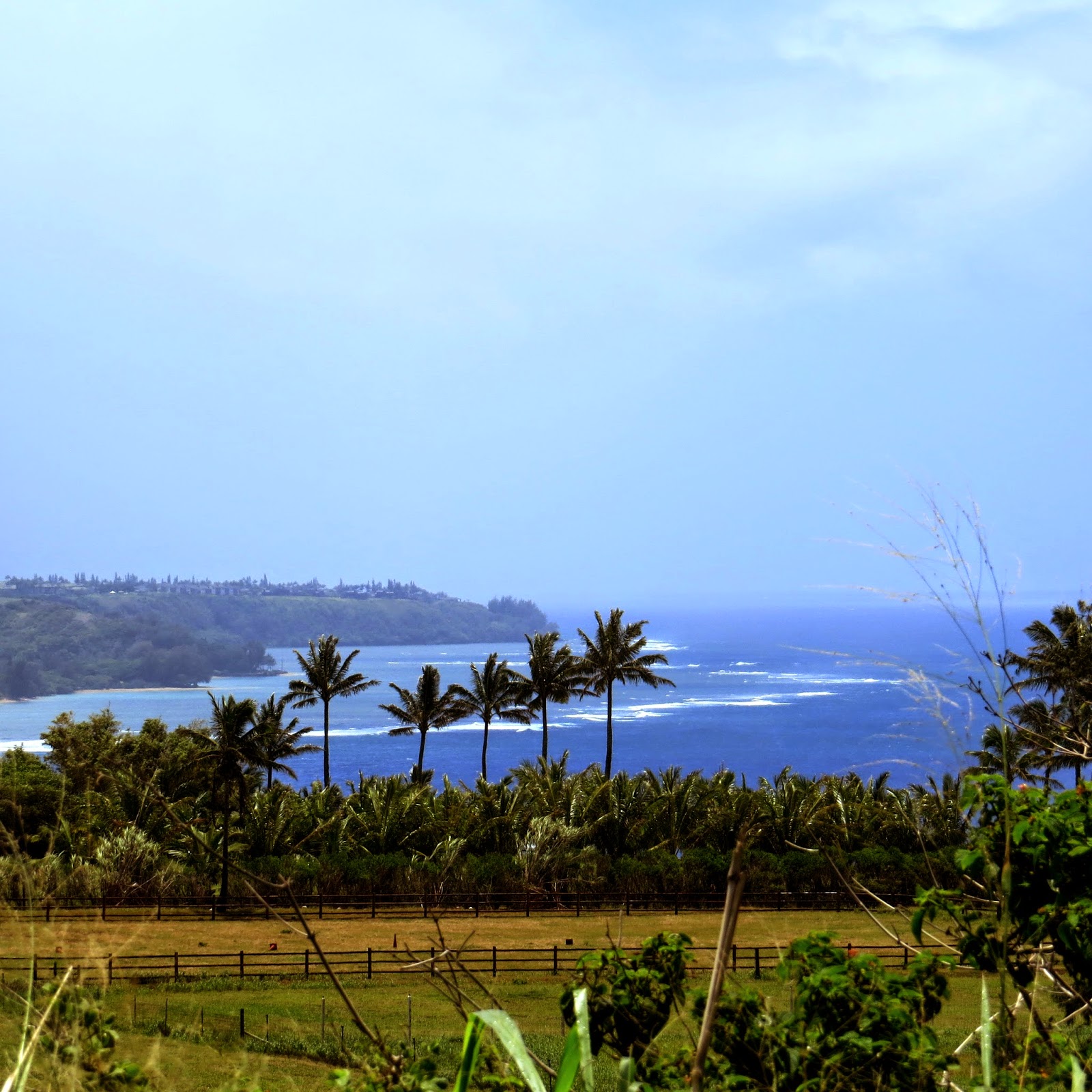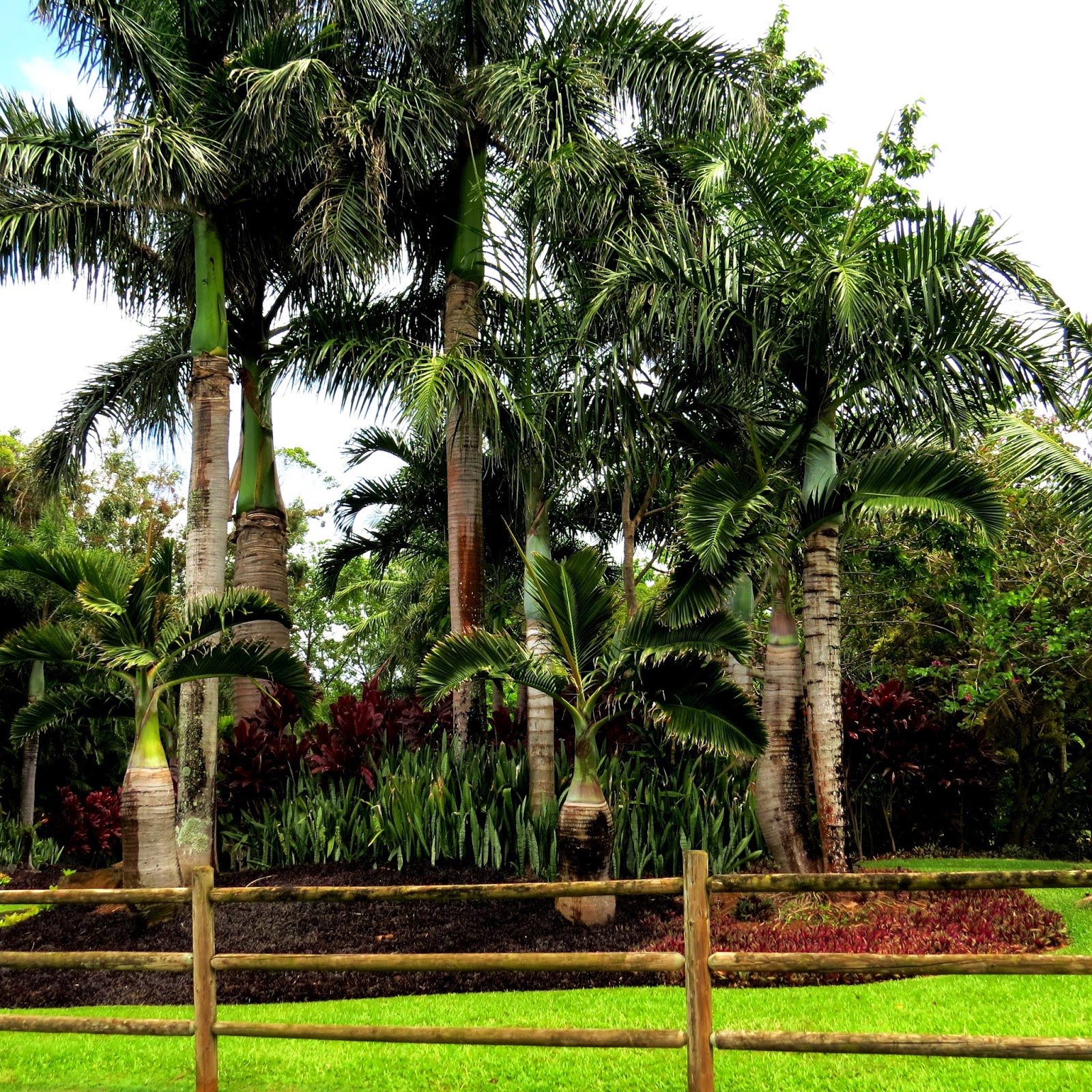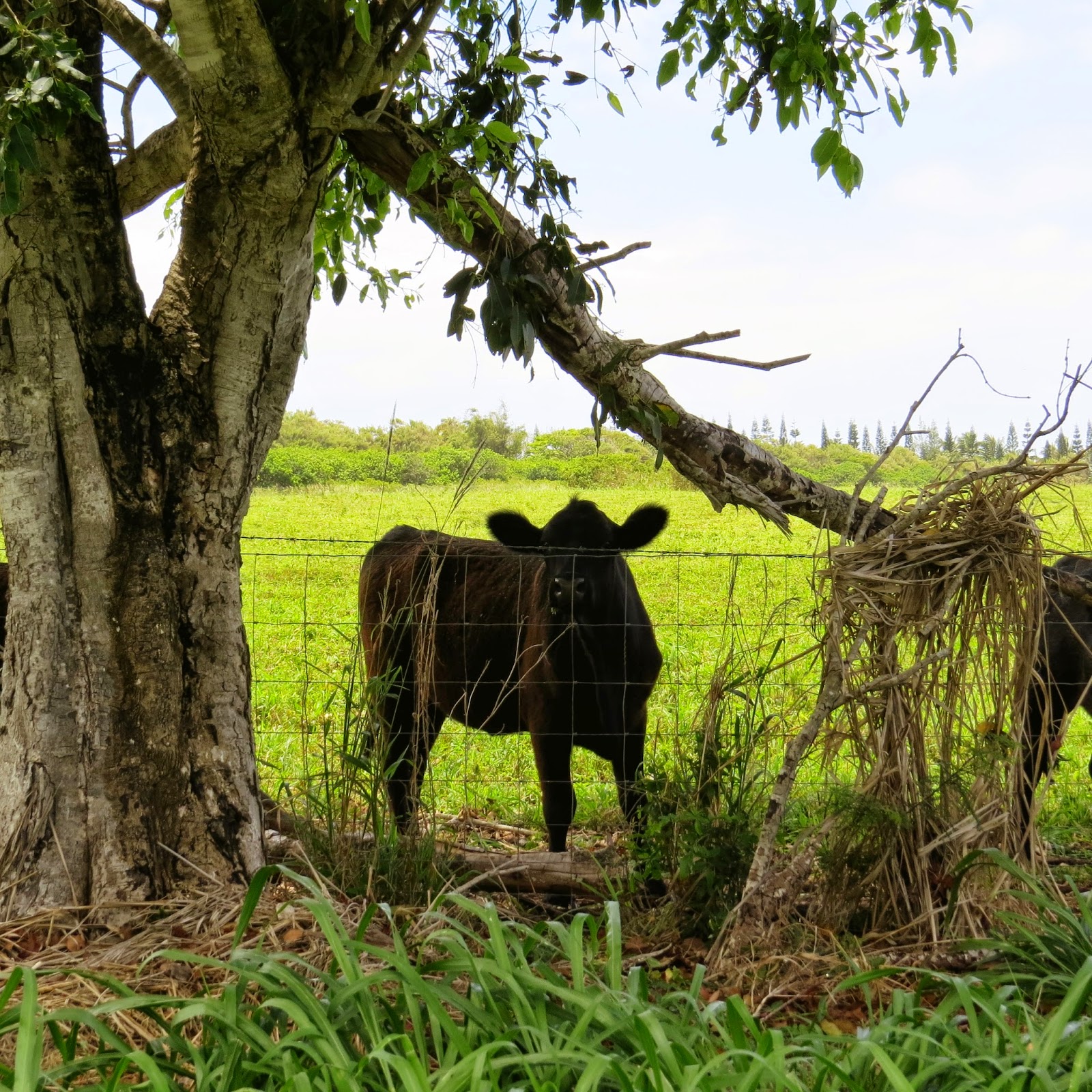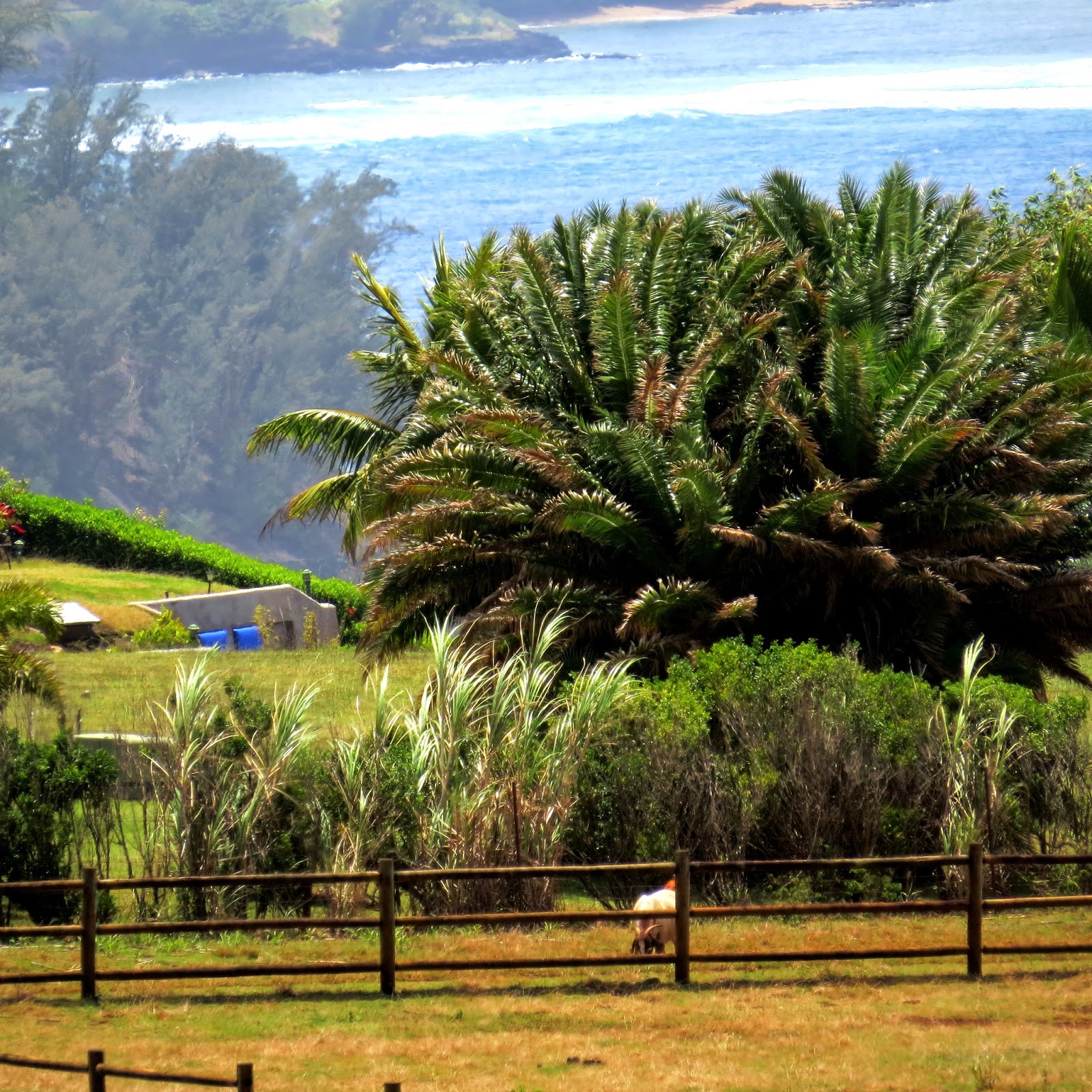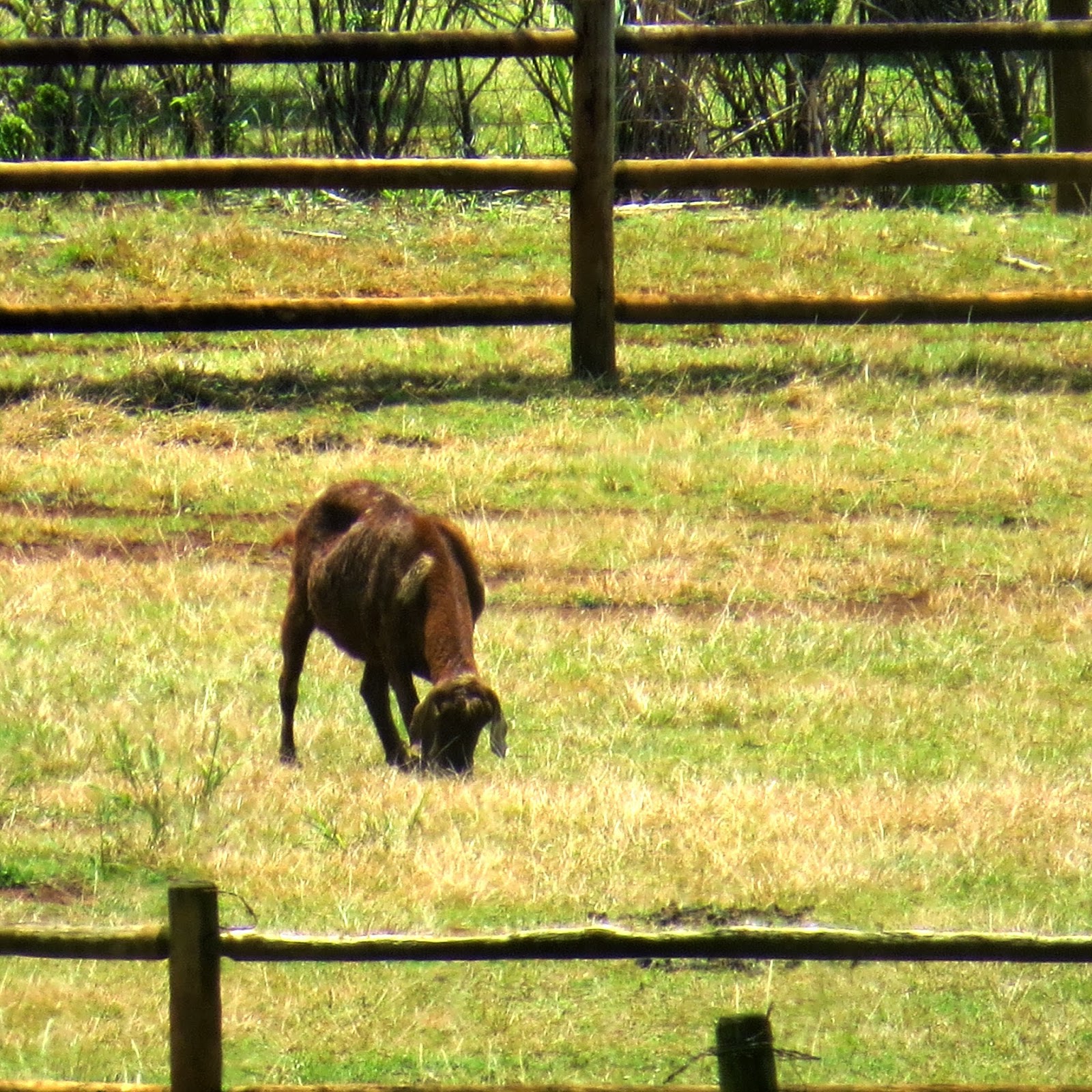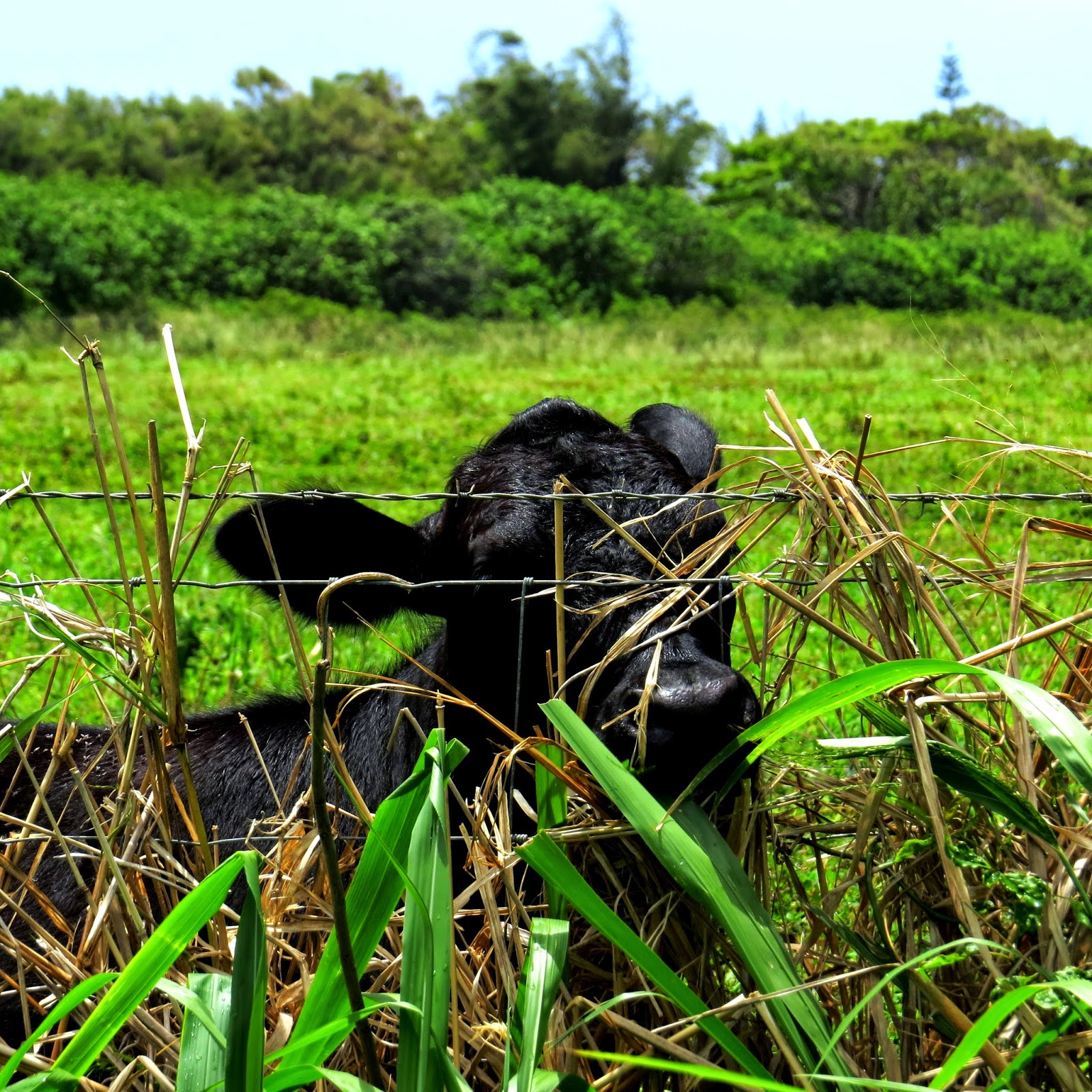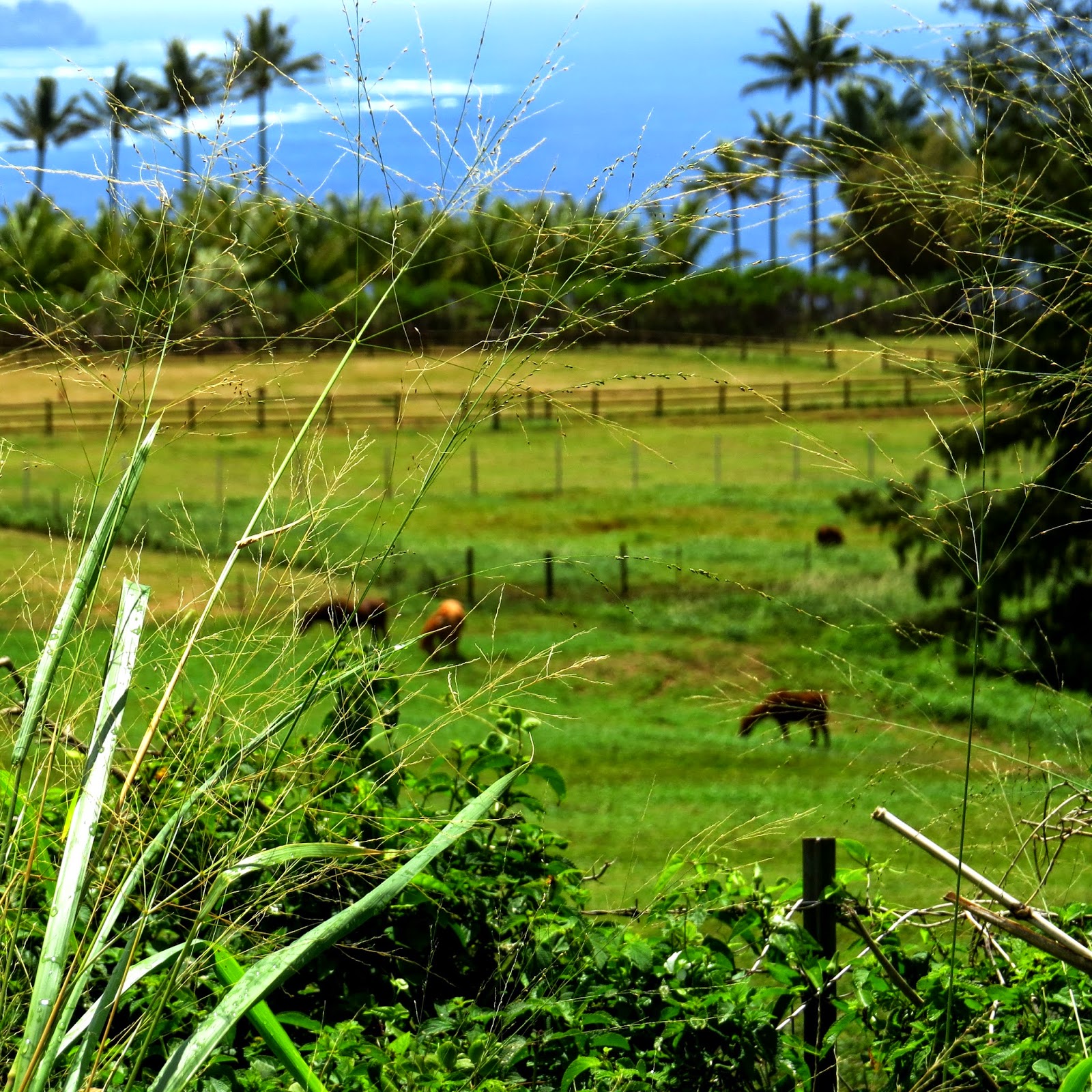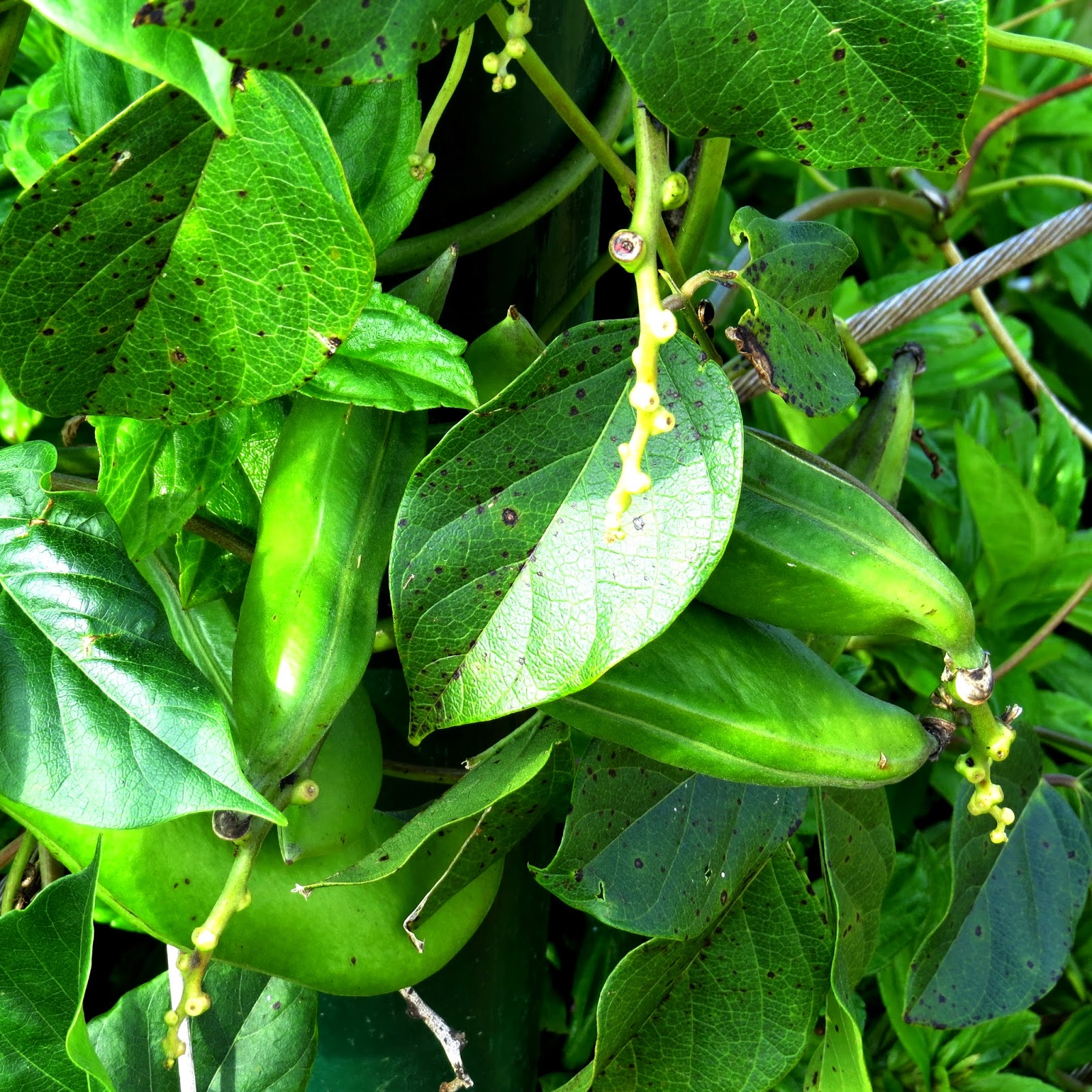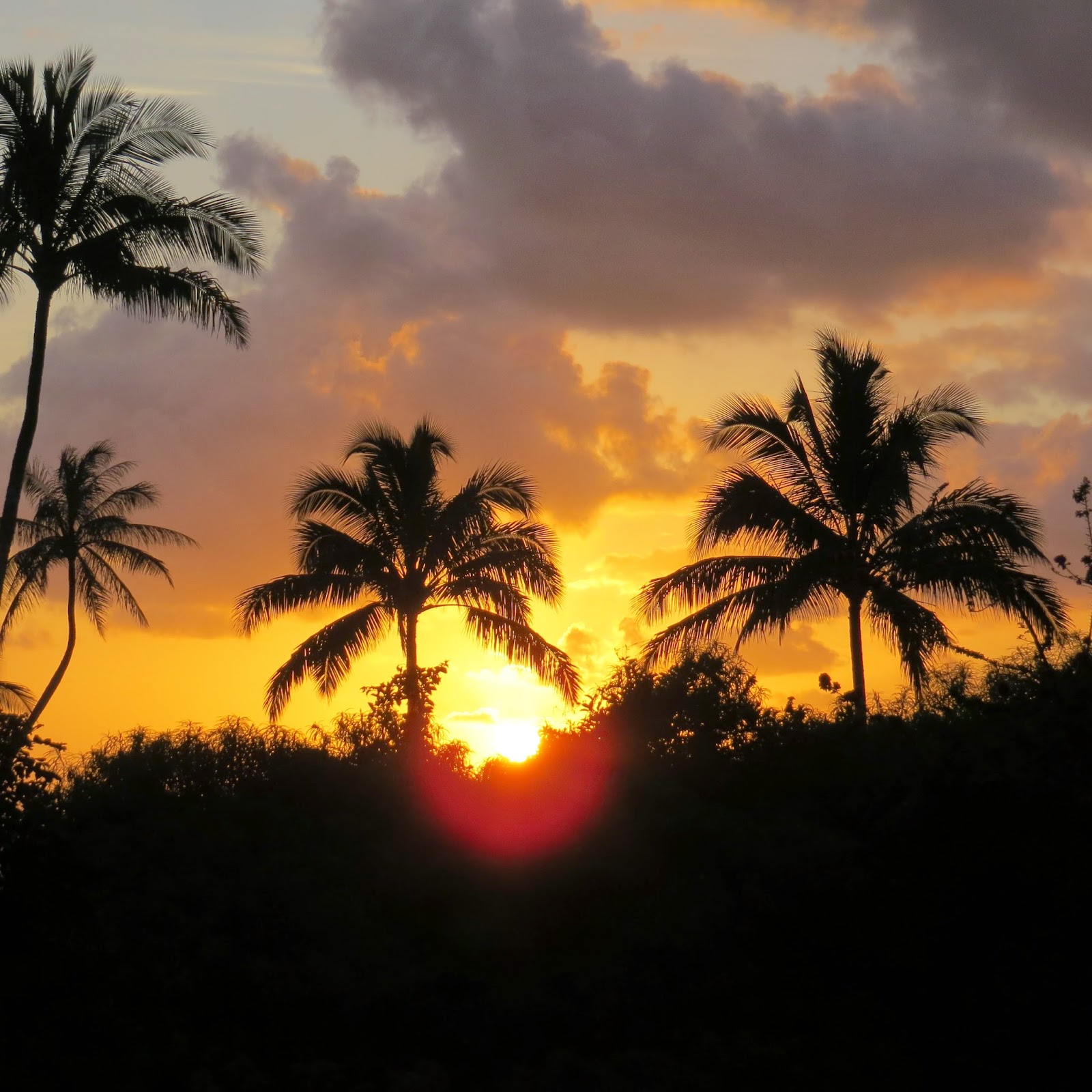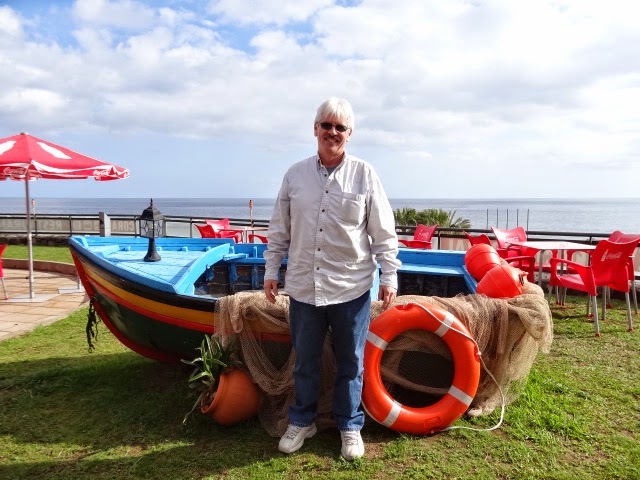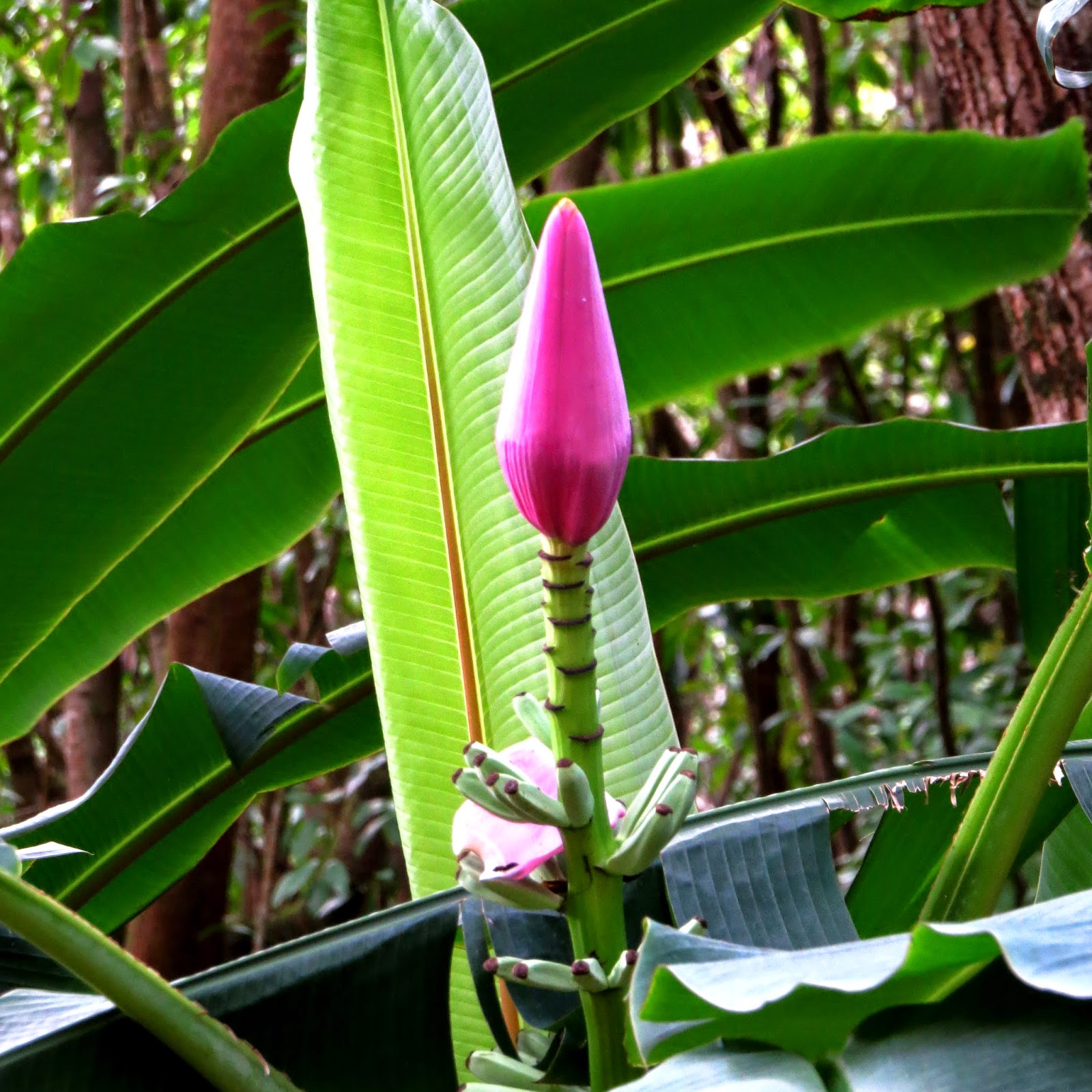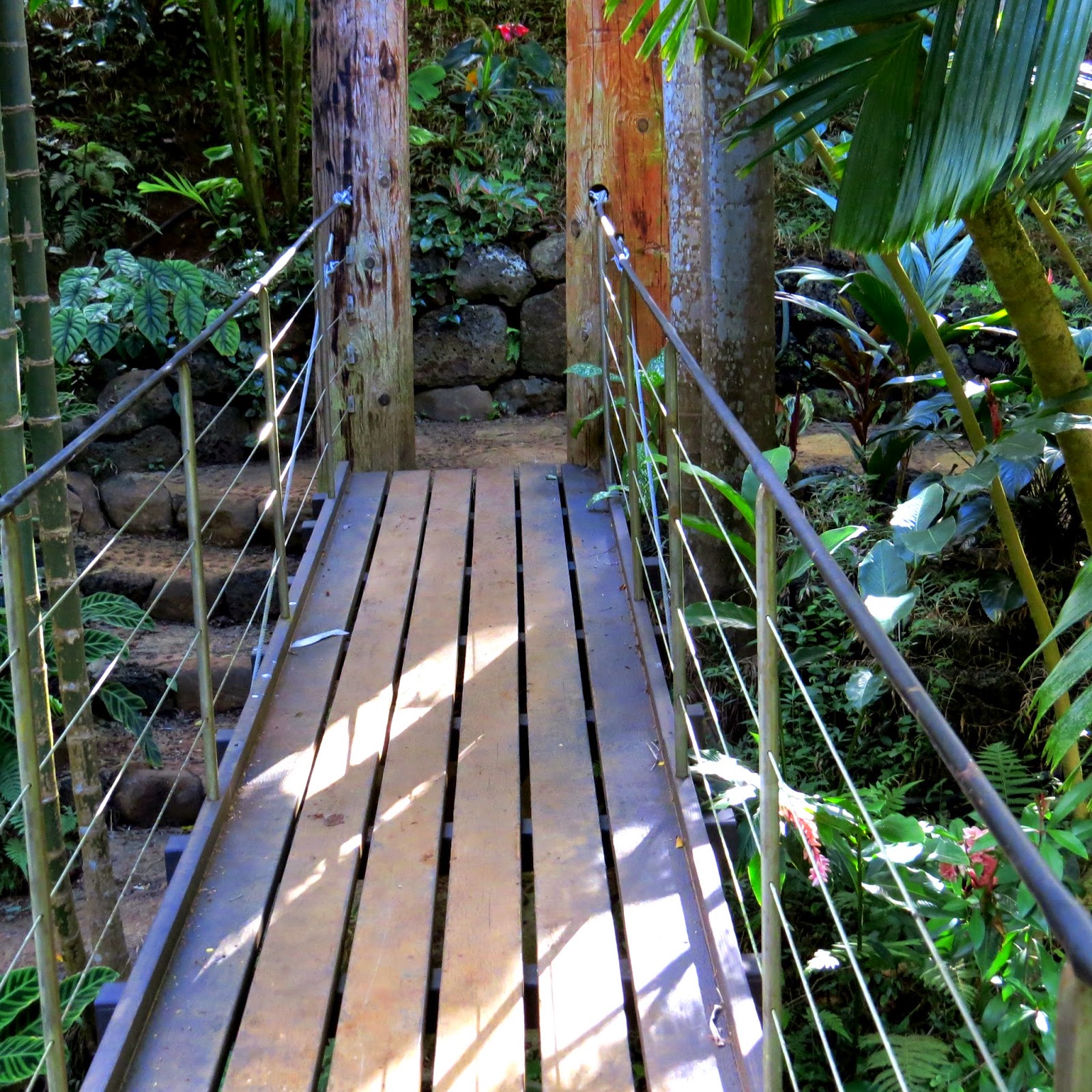 |
| After leaving the beach we drove to a high point in the area with this expansive view. |
The Cairns area of Queensland has so much to offer. It’s highly unlikely we’ll ever run out of places to explore during our remaining few months in Trinity Beach. Sure, at some point we’ll drive further away. For now, we’re soaking in everything we can in the wide-area surrounding us that is jammed packed with interesting spots to visit.
 |
| We walked past a grove of palm trees and evergreens as we made our way to the beach. |
Yesterday’s outing after my workout was no exception. Having heard about Yorkeys Knob as a community rich in history and diversity, we decided to check it out and by no means were we disappointed.
 |
| As we walked toward this crest which after crossing dipped down to the beach, wondering if any cross may be lying in wait. |
We found an enormous stretch of beach that was pure paradise. We met people along the beach with whom we talked for some time, we drove along the many streets and beach boulevard enjoying the differences of other beach roads we’d seen thus far. We gathered shells on the beach which we’ll share in photos soon.
 |
| Yorkeys Beach was serene and pristine. |
And, much to our delight, we purchased fish and seafood at a fabulous wholesale fish warehouse on the remote drive back to Trinity Beach. We timed the return drive from the fish market to our house to discover it’s a mere five minutes away. Of course, we’ll return in the future.
 |
| At certain points, it felt more like the desert than the beach with various vegetation shooting up through the sand. |
That five-minute drive confirmed how close we actually are to getting away from the more populated, somewhat traffic-congested areas in the popular Trinity Beach.
 |
| This view was to our left as we faced the ocean. |
It’s the unexpected experiences that we stumble upon that make our travels all the more exciting, those we’d never know about had we not driven to an area that may not particularly be on “tourist’s radar.” Visiting many of the typical tourist venues may not appeal to us due to the commercialism, impatient crowds, excess fees for entry, and of course, the long lines.
 |
| To our right, this was the view we stumbled upon. |
Nothing about yesterday’s outing reminded us of the above. Quiet, uncrowded, vast expanses of unspoiled beaches brought us the kind of joy that makes our travels meaningful and memorable.
 |
| We spoke with this woman who is from Sydney and travels throughout the continent with her husband in their “caravan.” She, like us, was enthralled with the number of shells on the beach, not often found on many beaches that we’ve walked throughout the world. |
Today, we’re quoting from a book on Yorkeys Know written by Mary T. Williams which was published in 1960 entitled, “The Know, A History of Yorkeys Knob” as follows:
“Behind the naming of any village, township, city, state or country lies a story. Some names are bland, negating any curiosity to pursue the derivation. Conversely, names can be provocative instantly stirring the imagination.
Yorkeys Knob on the eastern coast of Australia in the northern part of the State of Queensland is such a name. Westing from the Coral Sea – approaching land from the east, Yorkeys Knob sits very prettily on the hem of the Great Barrier Reef. To further enhance a natural beauty it edges into rich coastal flatland running from the foot of a marvelous range straight into the illimitable sea.
The Knob itself is the first headland north of the Harbour of Cairns, a cheeky headland layered in rock with a fuzz of timber. Its boulders tumble into the sea in arrow fashion forming a calm bay on its northern side and giving the surf full play to the south. The bay is called Half Moon Bay because of its crescent-shaped white beach and cradles a tidal river running up to and fed by the massive range. On earth level at any angle or off-shore, the lumpy and picturesque Knob invites an explanation why a man nicknamed Yorkey gave to this Knob a meaning.
It might be assumed that amongst the cosmopolitan insurgence of gold-diggers into Northern Australia during the mid-1800’s was a Yorkshireman called George Lawson. There is no factual information to support this assumption. It was only in the 1880’s that an adventurous hard-living beche-de-mer fisherman nicknamed `Yorkie’ was, by a series of incidents emerging as an identity in the northern waters off the harbour of Cairns.
On 10th May 1883 issued the first copy of a newspaper “The Cairns Post”. Thereafter this newspaper was published weekly until 1888 then bi-weekly until 1893. Despite disruptions, changes and upheavals to this date, the newspaper flourishes on a daily circulation. But it is to its romantic and uncertain first decade that we owe a faithful recording of time, date and incident relevant to the man George Lawson nicknamed Yorkie.
In early records Yorkey is referred to as `Yorkie’ or ‘Yorky’ and in one instance as being a Norwegian fisherman who lived on the ‘hill’ called the Knob. However, in all traceable registers the man Yorkey and the headland Yorkeys Knob rise unmistakably and territorially rock-like from misty legends of an extensive region strongly linked to the sea. The same registers disclose the man Yorkey’s great respect for life in a time of lust and survival, more impressive when human life weighed little in value.”
Today, we’re sharing some of our photos from yesterday’s visit to Yorkeys Knob and more will follow in days to come. And tomorrow, we’ll be back with photos and the “steal” we got on the seafood we purchased.
 |
| Another view of the barren beach. |
A few days ago, when we posted photos of the pier in Palm Cove and the limitations on fishing for the popular local fish, Barramundi, we were intrigued by this fish.
 |
| We drove up the hills toward this resort, a distance from which we shot today’s main photo, looking back down at the beach. |
As it turned out, we were able to purchase a fresh-caught over .5 kilo, 1.1 pounds, Barramundi filet which we’re having for tonight’s dinner, dipped in egg and dusted in almond flour to be sautéed in grass-fed butter and locally made extra virgin olive oil.
 |
| We met this sweet puppy , Abby, on the beach as her parents took her for a walk without a leash. She playfully jumped up and down in the sand. |
Of course, we’ll take photos of tonight’s dinner and share them tomorrow with our opinion on the firm fleshy fish. Even Tom, who doesn’t usually eat fish, agreed to give it a try.
 |
| Tiny wildflower growing on the beach. |
Thanks for stopping by! We always appreciate your readership.
Photo from one year ago today, June 30, 2014:
 |
| Unsure of why the village of Campanario was decorated and with the language barrier we could only guess at the purpose of the hoopla that many residents were busy preparing. As it turned out, it was a church festival that lit up the village that night. For more details from that date, please click here. |


















